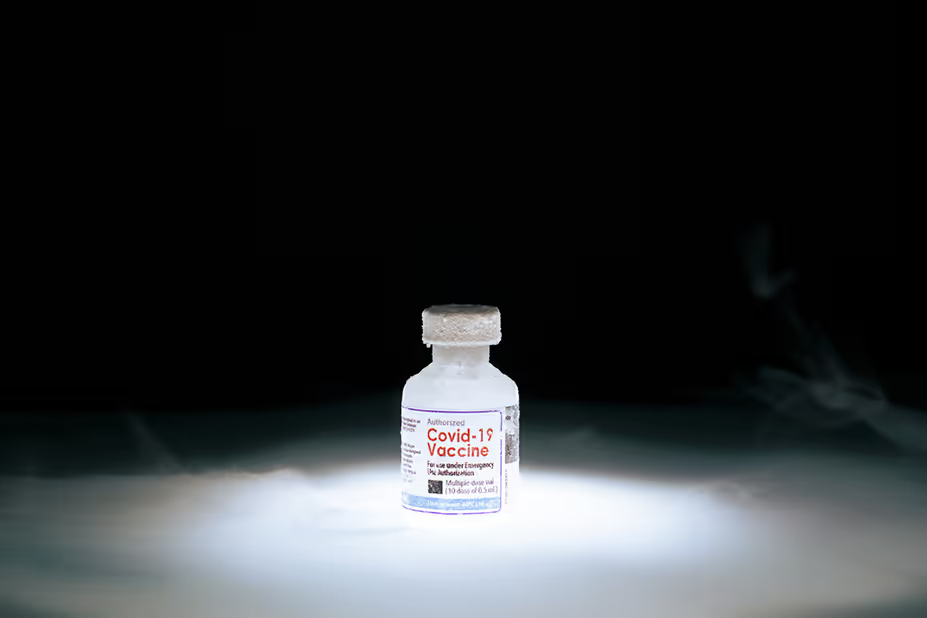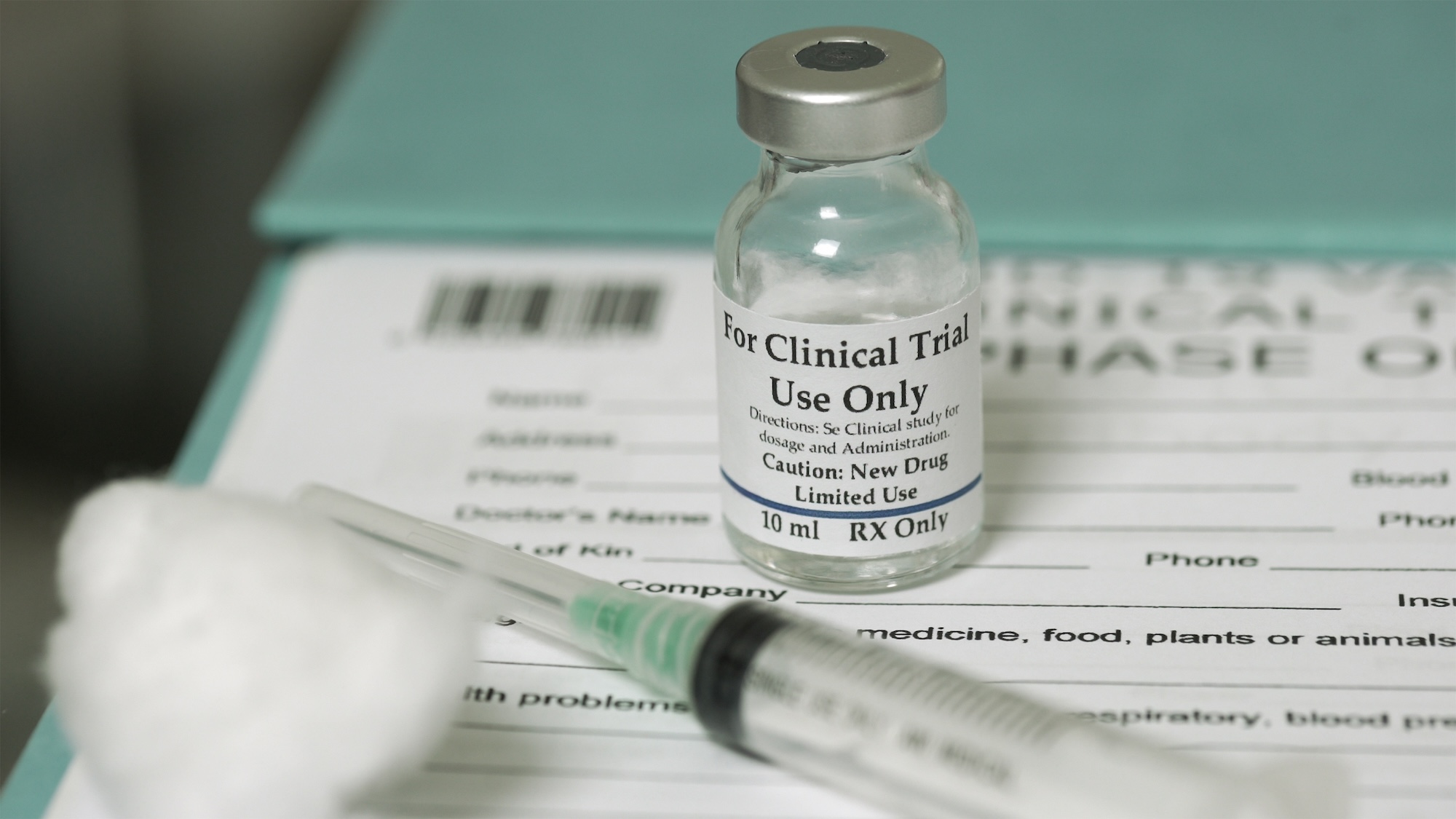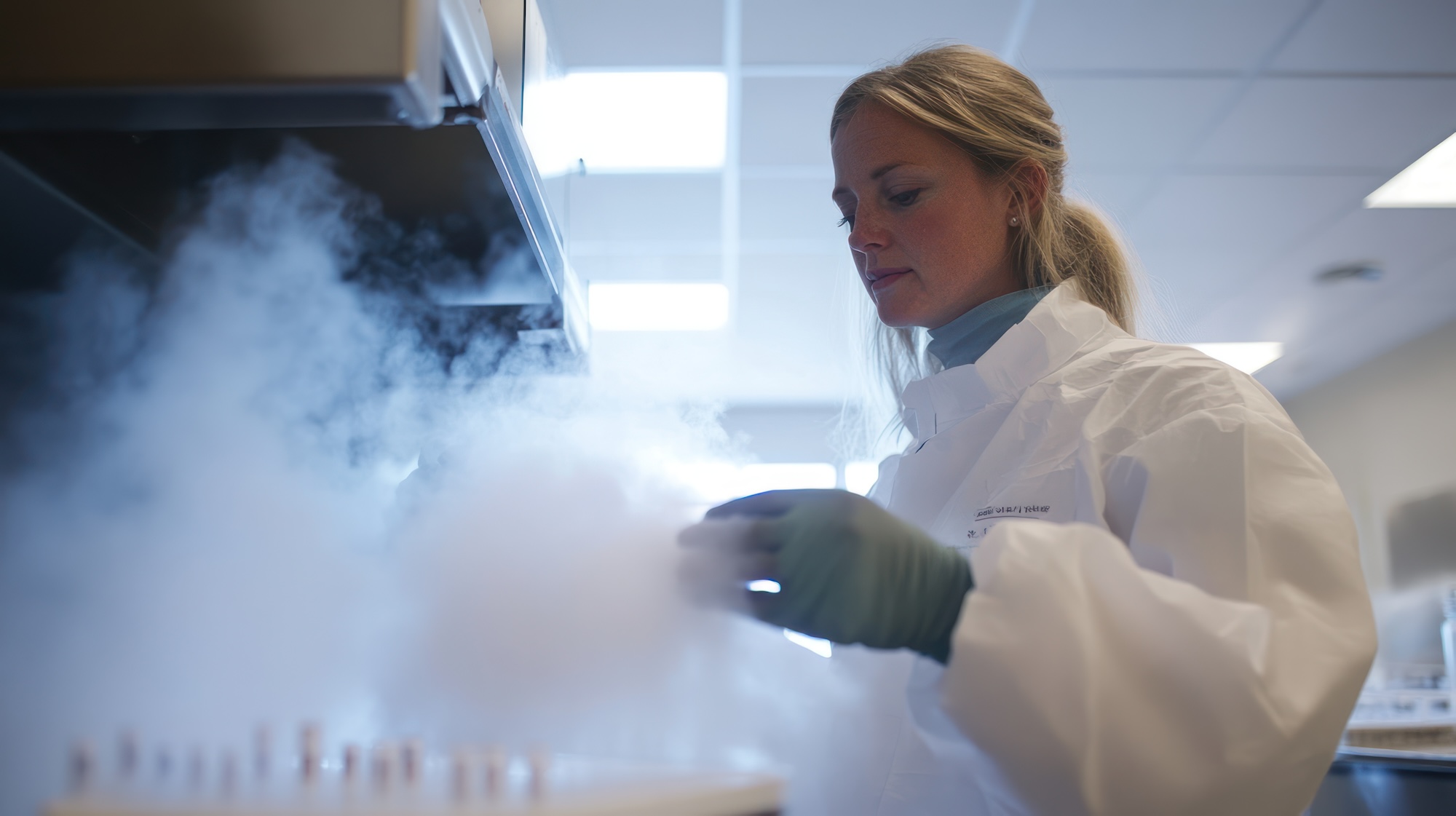Mind the gap: the real-world impact of data gaps in clinical trials

Why is the data record so critical?
With so many moving parts, it is vital that data collection and transmission is conducted in a way that is seamless, error-free and provides a complete and consistent view of every stage of a trial - and that means a coherent approach to monitoring information throughout the entire process.
The biggest challenge lies in eliminating the gaps in the data record. If one looks at temperature monitoring, it is insufficient to say “drug ‘x’ remained within the temperature excursion limits (as far as we can tell) 95% of the time”. A subsequent failure of that drug in the clinical trial might be incorrectly attributed to its chemical makeup, as opposed to degradation as a result of poor transport or storage.
In a perfect world, a clinical trial might actually occur at the point of research or manufacture - eliminating as many human interventions as possible and reducing the risk of error introduction into the data record. Since that is not practical, we must explore every option when it comes to considering the entire process. A clinical trial is a holistic operation, one that relies on total discipline when it comes to maintaining data integrity.
It all comes down to quality, audit, and compliance - seamless end-to-end data that corroborates that a drug has been handled and stored correctly all the way to the patient. The implications for not having this data are profound. Compromised data can invalidate a trial, leading to loss of revenue in the form of drugs discarded through uncertainty as to their viability. But beyond the financial implications, there is the more serious social impact - delays in a clinical trial can have measurable human costs, with potentially unnecessary suffering or loss of life.
Consider the current pandemic. We now have a number of viable vaccines, developed in record breaking time (beating the development of the mumps vaccine by 3 years). However, while their development, testing, and approval has demonstrated a herculean effort on the part of the life science industry, there will undoubtedly have been delays which can be attributed to the occasional data gap. Given a death toll in the millions, any such delay in vaccine rollout can, mean significant loss of human life.
How do we fill in the gaps?
We need to start thinking about data holistically - looking at the process in its totality, developing hardware and software that can reliably and intuitively provide us with a complete and verifiable picture of the whole journey, from production to needle.
We also need to think flexibly - solutions that can provide critical data for, say, a multi-million dollar bulk supply refrigerated container are not going to be the same as those that can be applied to small scale local storage in say, a pharmacy, clinic, or a location used for clinical trials.
Data gaps can be eliminated when we understand that a clinical trial is not a standalone event, but rather a summation of a lengthy process that begins in the lab and ends with the patient and concerns every point in between.

A practical solution
TSS understands that end-to-end monitoring requires an understanding of every stage of the process and has developed hardware solutions that can be applied accordingly. When connected to the TSS Cloud, these provide complete oversight with zero data gaps. TempTracer BLE, for example, provides a zero human intervention method of providing regularly updated temperature data at every stage of drug shipment.
And when it reaches the site for the clinical trial, TempMonitor BLE takes over, ensuring the safe storage of drugs prior to administering. The use case for direct-to-patient delivery is also clear, with app-enabled BLE trackers offering a way for patients themselves to be part of the process.
And, when viewed through TSS Cloud, we can assemble a complete, transparent picture of the health of a drug for use in the clinical trial, guaranteeing that whatever other data is causing researchers to scratch their heads, it won’t be about the condition of the drugs.
You may also be interested in

Could automating temperature excursion management hold the key to improving clinical supply processes?

We are back at Clinical Trial Supply East Coast

Is your supply chain ready for a digital transformation?
You may also be interested in

Can You Rely on the Results from Your Clinical Trials?


